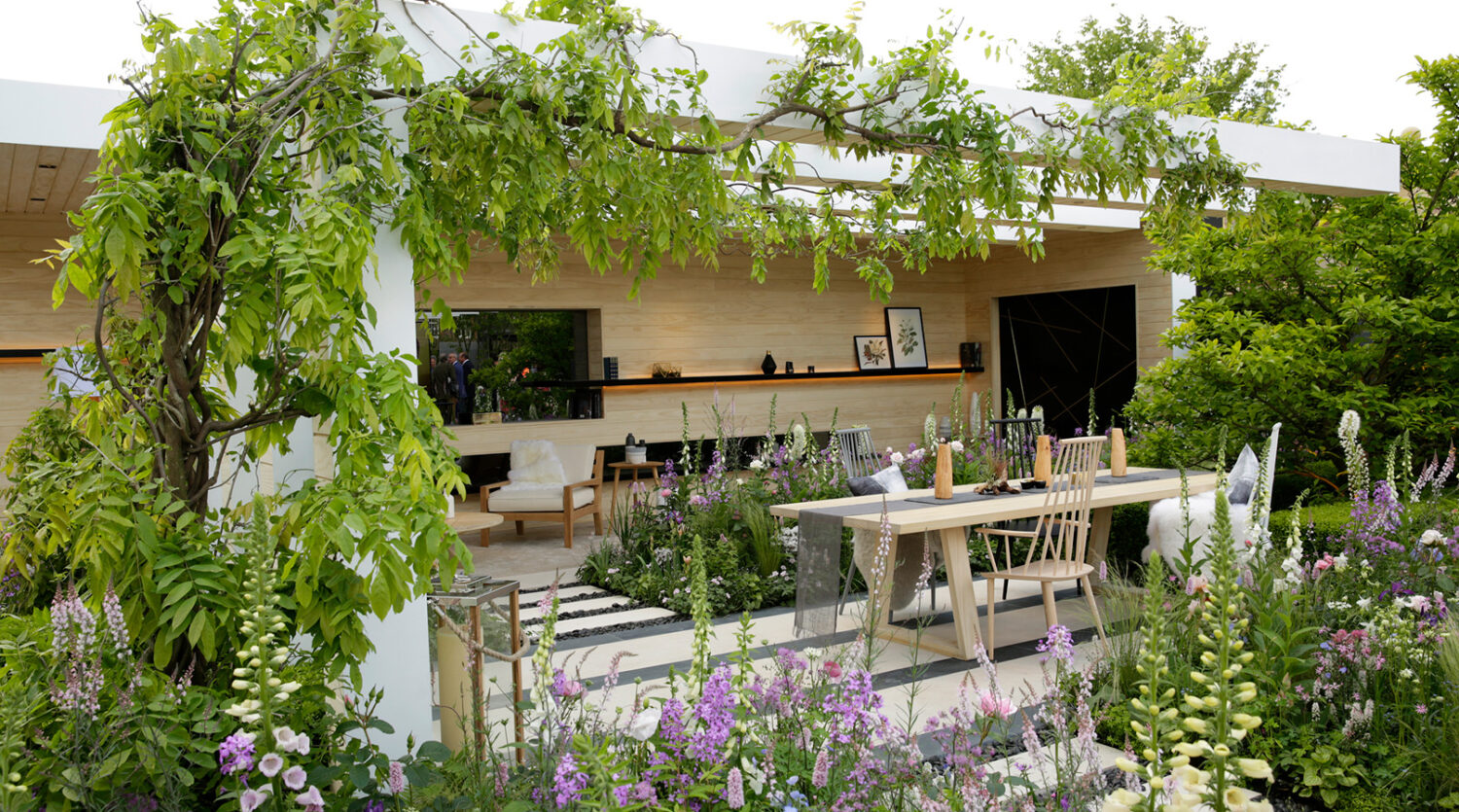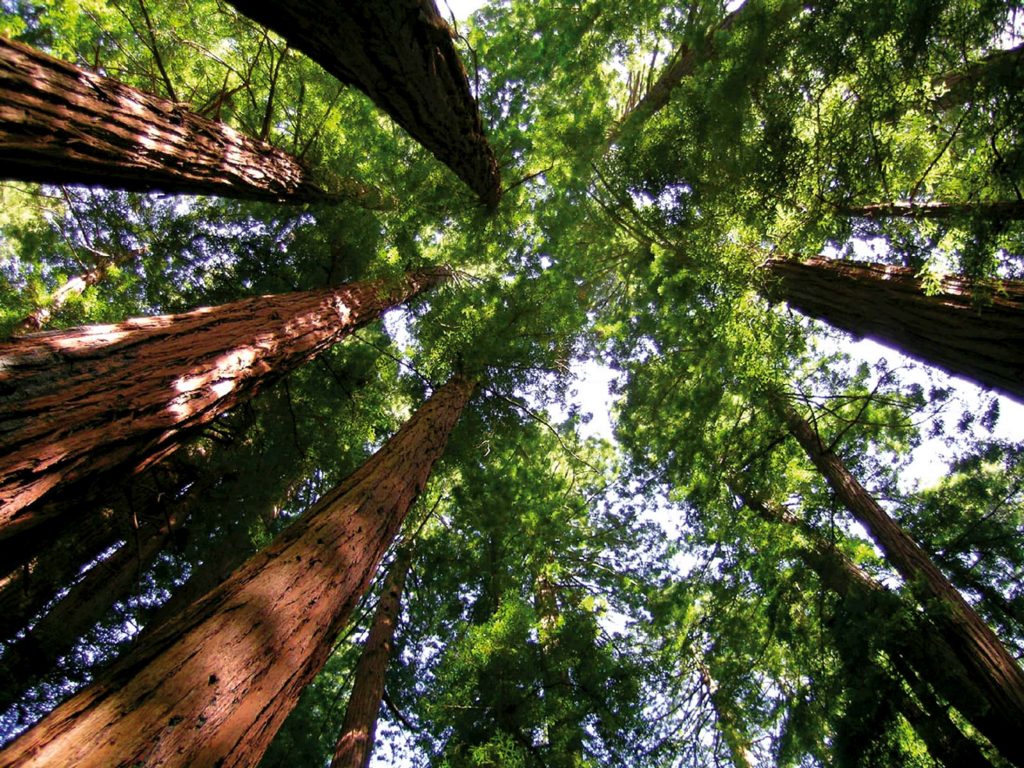Accsys aims to reduce the use of environmentally unfriendly building materials and products through our propriety technology and the introduction and uptake of our products around the world.
The planet continues to consume endangered materials like tropical hardwood and non-renewable, high emitting building materials such as plastics, concrete and metals at an alarming rate.
Our acetylated wood products offer alternative, sustainable new materials that resolve many of the environmental limitations that commonly used building materials have, whilst not compromising on performance.
In fact, Accoya® is the only building product perfectly fitting in the bio-cycle of the circular economy while having the same performance as typical techno-cycle building products such as plastics and metals which cannot be renewed and have a high carbon footprint.
Accoya® wood is Cradle to Cradle Certified™ Gold. As part of that certification, our supply chain, production processes and procedures have been examined and scored on categories including: Material Health (Platinum), Material Reutilisation (Gold), Renewable Energy & Carbon Management (Gold), Water Stewardship (Gold) and Social Fairness (Gold).


The main environmental benefit of our Accoya® and Tricoya® acetylated wood products is their use as a substitute for other, more environmentally-damaging products, including chemically-treated woods that use toxic preservatives, unsustainably sourced tropical timbers and materials produced from energy intensive or nonrenewable resources such as metals (for example, steel and aluminium) and plastics (such as PVC).
Accsys is also committed to continuing R&D concerning our products (applications and new wood species) and processes. This ongoing development is designed to increase the use and improve the environmental and efficiency benefits of our products.
This will ensure we continue to respond to the growing global ambition of consumers to live sustainably, reduce the growth of plastic pollution and tackle climate change and in turn will benefit many of our stakeholders.
Carbon sequestration

During their growth, trees convert carbon dioxide (CO2) through photosynthesis into cellulose and lignin and emit oxygen in the process. As a result, during their lifespan trees act as carbon sinks, as CO2 is captured from the atmosphere and makes up approximately half of the dry weight stored in the wood of the tree.
The carbon is stored in the living tree, but will also remain stored once the tree is felled and the wood of the tree is used for products such as Accoya® and Tricoya®. As a consequence, CO2 is locked out of the natural carbon cycle during the lifespan of the wood or wood product.
Through decay or incineration, the carbon will eventually be released again into the atmosphere in the form of CO2. In producing Accoya® wood, we improve this carbon capture mechanism in two ways.
Firstly by using fast growing softwood species, such as radiata pine, as input for our acetylation process. Per hectare, more cubic metres of radiata pine can be grown (10 m3 /ha/ year) compared to other wood species. Consequently, a larger amount of carbon is sequestered compared to slow growing wood species in the same time period.
Secondly, through the acetylation process the dimensional stability and durability of a wood species are improved considerably, lengthening the product lifespan. Thus Accoya® wood (durability class 1 according to EN standard 350) is able to act as a carbon sink for longer and requiring less additional care than other woods.
We can calculate how much carbon is sequestered in our products through external and reputable standards and research, taking into account many factors such as the species and density of the wood, the proportion of wood made up of carbon at specific moisture levels, and the molecular weight of carbon compared to CO2.
In 2021 we have updated our calculations, using the latest standards, data and research, resulting in a figure of 0.802 tonnes of carbon dioxide (tCO2) sequestered per m3 of Accoya® wood.
For the 63,344 m3 sold in FY23, that equates to 50,827 tCO2 sequestered in our products.





